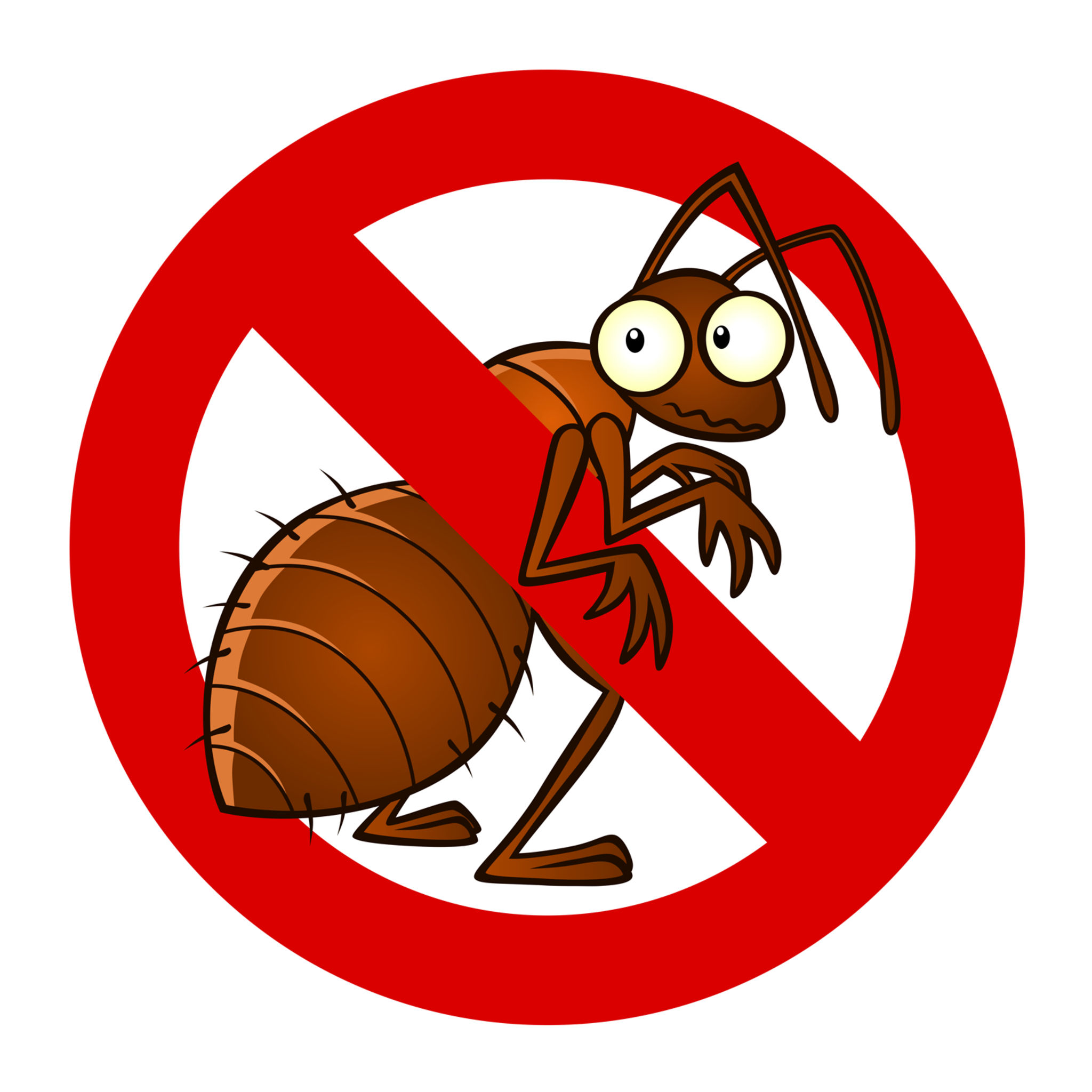Top Quality A1 Pest Control Services Charlotte - Shield Your Home
Top Quality A1 Pest Control Services Charlotte - Shield Your Home
Blog Article
Bed Pest Therapy Breakdown: Comparing Chemical Vs. Non-Chemical Solutions
In the world of parasite control, especially when dealing with the consistent concern of bed bugs, the option between chemical and non-chemical treatment options can be a crucial one. Both methods use distinct advantages and disadvantages, affecting elements such as performance, safety and security considerations, and total price. By analyzing the nuanced details of each technique, a clearer understanding of which course to seek in resolving a bed bug infestation can be achieved.
Efficiency of Chemical Treatments
Chemical therapies for bed insect problems have actually been extensively identified for their rapid and potent efficacy in eradicating these bugs. When taking into consideration the effectiveness of chemical therapies, it is essential to comprehend that they can give a thorough and fast solution to a bed pest trouble. Specialist pest control men usually depend on insecticides to target bed bugs at different stages of their life process, including adults, fairies, and eggs. These chemicals usually function by interrupting the bed bugs' nerve system, bring about paralysis and ultimate fatality.
In addition, chemical treatments have the benefit of offering residual results, indicating that they can continue to get rid of bed bugs even after the initial application. This recurring action is especially advantageous in combating any potential re-infestations. Additionally, the rapid activity of chemical treatments can bring alleviation to people dealing with severe bed insect infestations, enabling them to restore control of their living rooms rapidly.
Safety And Security Interest In Chemical Solutions
One important aspect that calls for careful consideration when making use of chemical remedies for bed bug therapy is making sure the safety of passengers and the atmosphere. Direct exposure to certain chemicals used in bed insect therapies can lead to breathing concerns, skin irritability, or other adverse reactions, specifically in individuals with pre-existing conditions or level of sensitivities.
Moreover, the ecological impact of chemical remedies is one more substantial consideration. Some chemicals made use of in bed pest treatments may be harmful to helpful pests, wild animals, and communities if they seep right into the soil or water supply. It is necessary to make use of chemical treatments carefully, following safety and security guidelines, and thinking about less toxic choices to alleviate these threats and ensure the risk-free and efficient management of bed pest invasions.
Benefits of Non-Chemical Techniques
Considering the prospective safety and security problems and environmental effect linked with chemical remedies for bed pest treatment, discovering non-chemical strategies presents an appealing choice with several distinct advantages. Non-chemical methods offer a much safer alternative for houses, specifically those with pet dogs, kids, or individuals conscious harsh chemicals. These approaches remove the threats of direct exposure to harmful substances, reducing the possibility for damaging health impacts. Moreover, non-chemical therapies are eco-friendly, as they do not add to air or water pollution, making them a sustainable option for bug control.
Additionally, non-chemical services can be efficient in targeting bed pests, including hard-to-reach areas where chemical treatments may not permeate - A1 pest control services charlotte. Methods such as warm treatment, vacuuming, heavy steam cleansing, and cushion encasements offer complete eradication without the use of dangerous chemicals.
Limitations of Non-Chemical Treatments

Additionally, non-chemical treatments often require multiple applications to accomplish effective eradication. This can be time-consuming and may not always ensure complete elimination of all bed pests and their eggs, especially in hard-to-reach or concealed areas.
Additionally, the success of non-chemical therapies heavily counts on correct application and thoroughness, which can be challenging for people without professional knowledge. Insufficient application of non-chemical approaches might cause incomplete eradication, resulting in consistent invasions and the requirement for added treatments.
For that reason, while non-chemical treatments have their benefits, it is vital to recognize these constraints and find more information consider them when identifying the most effective method for handling bed bug infestations.
Expense Comparison: Chemical Vs. Non-Chemical Options
Given the restrictions linked with non-chemical therapies, a necessary aspect to examine in the context of bed pest monitoring is the cost contrast in between chemical and non-chemical options. In contrast, non-chemical therapies like heat therapy or steam can be much more pricey, with costs ranging from $1,000 to $6,000 for an entire home. While the preliminary price of chemical treatments might appear reduced, multiple treatments might be needed to fully get rid of the infestation, potentially boosting the total price.
Final Thought

Thinking about the possible safety problems and ecological influence associated with chemical services for bed pest therapy, exploring non-chemical methods provides an encouraging alternative with a number of unique advantages.Offered the limitations associated with non-chemical treatments, a necessary facet to evaluate in the context of bed bug monitoring is the price contrast between chemical and non-chemical choices. In comparison, non-chemical therapies like warmth therapy or vapor can be more costly, with prices varying from $1,000 to $6,000 for a whole home. While the informative post preliminary price of chemical therapies might appear reduced, several therapies might be required to fully eliminate the invasion, potentially enhancing the total cost.In verdict, when comparing chemical and non-chemical bed bug treatment choices, it is crucial to take into consideration performance, safety and security, benefits, limitations, and cost.
Report this page